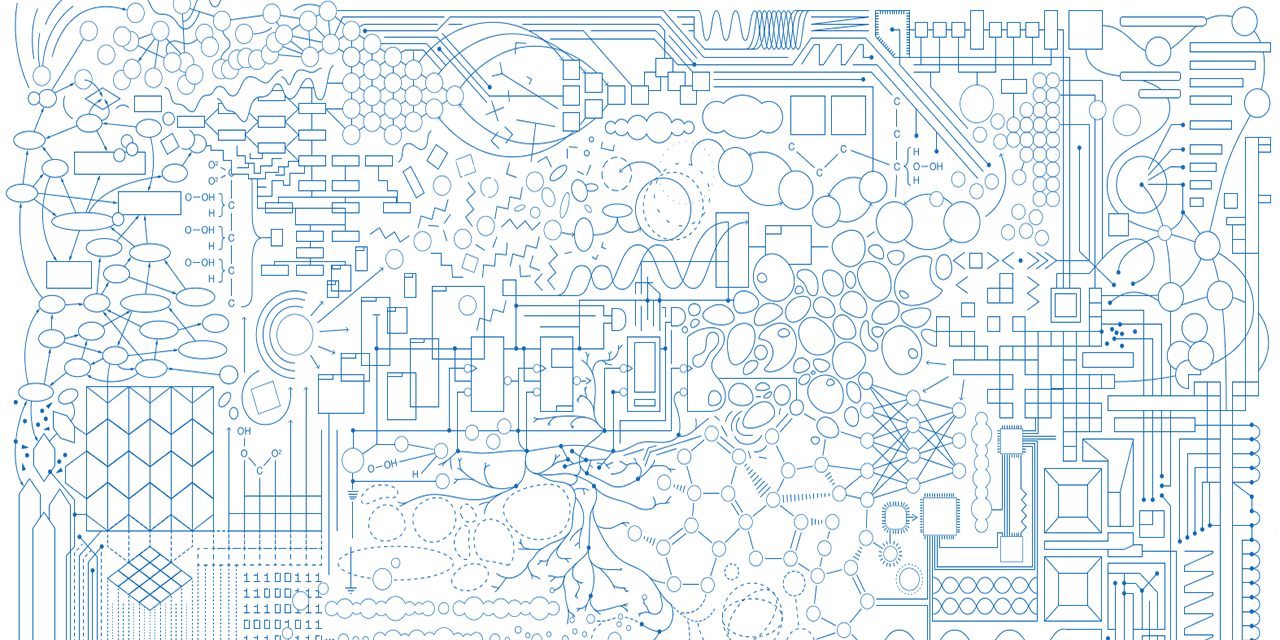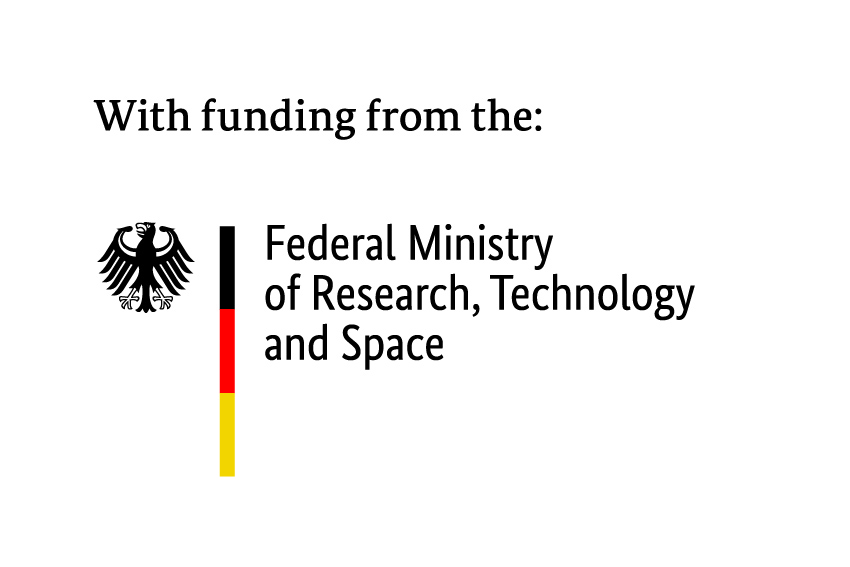Getting the Measure of Humanity: or, Taking ‘Life is a Work of Art’ Literally
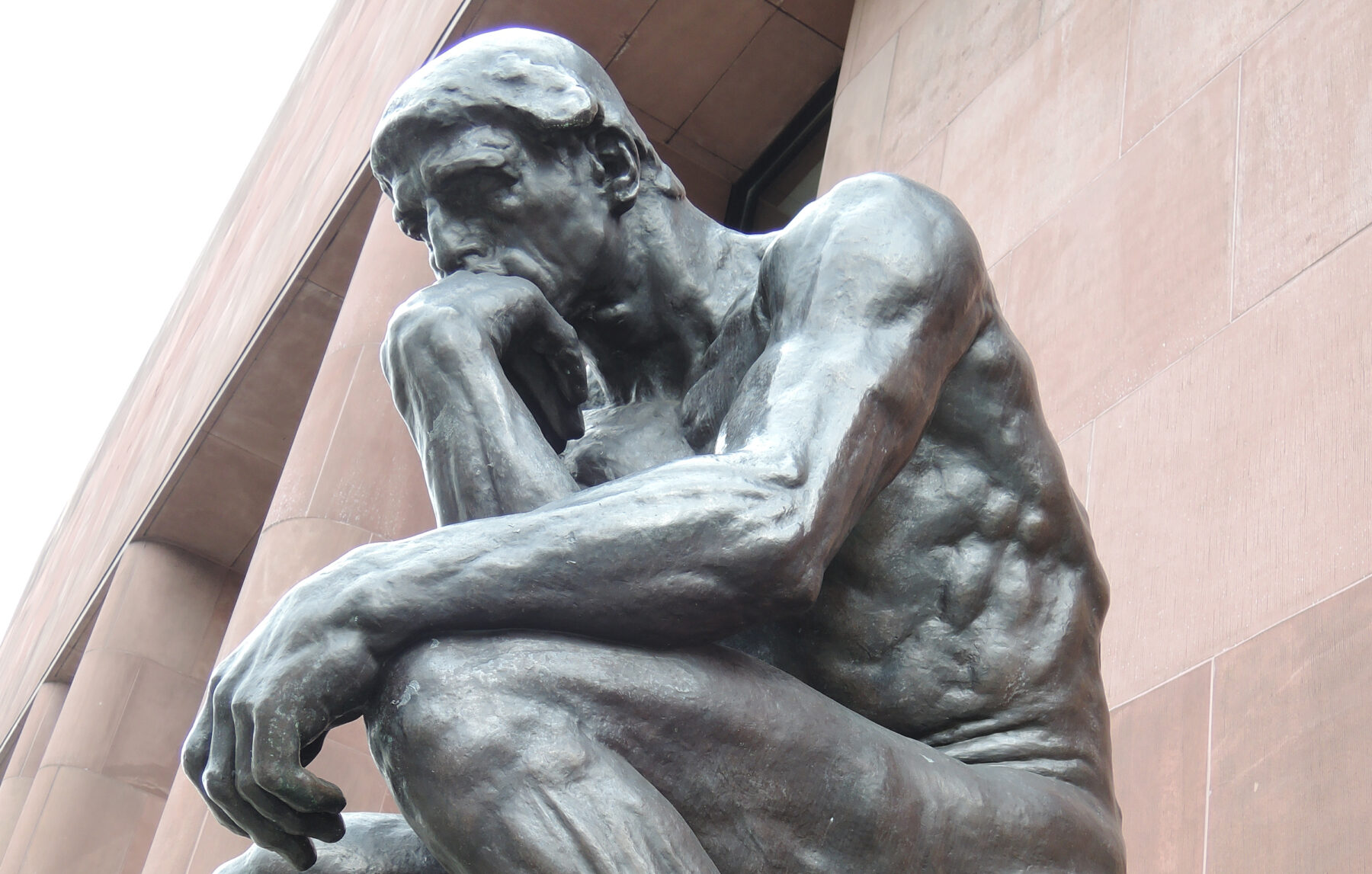
STEVE FULLER
What it means to be ‘human’ and whether the human must be the measure of all minds inevitably returns us to Kant. Kant himself was drawn to the concept of ‘judgement’, which he interpreted in terms of the then-emerging science of ‘aesthetics’. Aesthetics positioned the human as a being called to integrate diverse and often contradictory sensory inputs into a coherent whole in the name of ‘autonomy’, which is in turn exercised through judgement, which of course is also informed by reason. What modern philosophy calls ‘epistemology’ and ‘ethics’ reflects Kant’s view that human judgement forms two rather different but coexistent wholes as part of its ‘worldview’, another term from the aesthetic lexicon. The trajectory out of Kant to the German idealists, Schopenhauer and Nietzsche was largely about trying to achieve a higher, more synthetic aesthetic vision of the world, which typically involved what Nietzsche called a ‘transvaluation’ of the way we see the world from either a strictly epistemological or ethical standpoint.
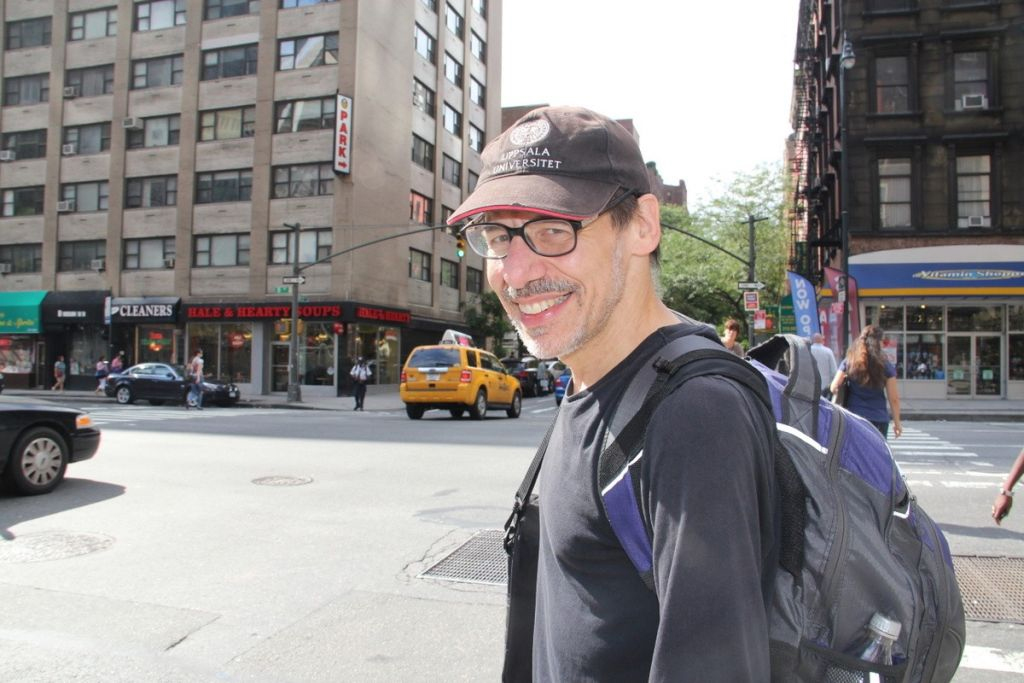
Steve Fuller
Senior Fellow at c:o/re (10/21-09/22)
Steve holds the Auguste Comte Chair in Social Epistemology in the Department of Sociology at the University of Warwick, England. This article is an opening statement for the 18-19 May workshop on ‘The Human Measure and the Measure of All Minds’.
Nietzsche’s somewhat ironic conclusion, already intimated in Kant, is that such a transvaluation would supplant the human with some other kind of being, which we nowadays might call ‘transhuman’ or ‘posthuman’. In effect, the sense of ‘judgement’ that defines the human for Nietzsche is not focused externally on the ultimate cosmic order but internally on the endless, perhaps even Sisyphean task of managing – if not reconciling – what we know and what we want. In this respect, Nietzsche continues to secularize Kant’s original theologically inspired vision of humans as fallen creatures. From this standpoint, the act of passing judgement on another’s humanity – as in the Turing Test – poses a challenge. It is outward looking but it treats the larger world – or more precisely, a candidate alien being – as a canvas on which to project the human; yet the human remains itself a bundle of contradictions, not a template that can simply be imposed.
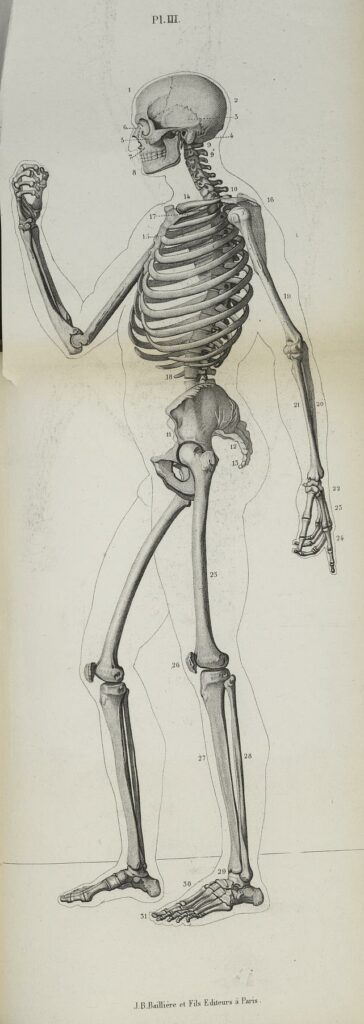
Recent aesthetic theory offers an interesting angle on this dilemma. Nelson Goodman famously proposed that art may be divided into those works that can be forged (because they constitute a unique completed object) and those that cannot be forged (because they can be completed in many ways). He had in mind the distinction between a painting or sculpture, on the one hand, and a musical score or dramatic script, on the other. Against this intuition, Arthur Danto proposed imagining that two artists generate paintings that appear the same to the observer but one used Rembrandt’s method and the other Jackson Pollock’s. Goodman might claim that subtle differences between the two paintings could always be found, based on which one painting might be judged superior and the other perhaps a forgery. However, Danto argues that Goodman’s judgement would probably be based on suspecting that the two paintings had been produced at different times and by different means. For Danto, if you like one, you should like the other. If anything, knowing that they were produced differently should enhance not detract from your aesthetic experience. The Pollock might even be valued more, given the prior improbability of its result.
Danto’s point was designed to undermine the idea of forgery. For him, unlike Goodman, an aesthetic judgement involves treating not only the future but also the past of a candidate work ‘performatively’. Just as we potentially learn something new about music or drama with each new performance, the same applies to our unlearning ideas about the ‘unique craftsmanship’ of a painting or sculpture upon realizing that it can be (and could have been) brought about differently. This sense of temporal symmetry dissolves Goodman’s original distinction. Of course, aesthetic judgement then gets more squarely placed on the shoulders of the judge – and in that sense, becomes more ‘subjective’. Indeed, Danto’s championing of Andy Warhol’s Brillo Box as art led many critics to claim that Danto dissolves the concept of art altogether.
Now applying Danto to Turing, does entertaining a comparably free — ‘morphologically free’, if you will — conception of the human undermine the very concept of humanity? Nietzsche believed that it might but remained agnostic about the consequences – and he was thinking only about how Homo sapiens might be transformed in the future. But why could we not also, á la Danto, discover ‘humans’ who never were Homo sapiens? Moreover, a practical question is attached to the idea of a morphologically free ‘human’. Is a more open conception of what passes as human sustainable in a world with finite resources in many different senses? Kant’s ideal of ‘cosmopolitanism’ suggested an indefinitely expanding circle of humanity, which he associated with collective self-improvement through sustained interaction with ‘alien’ others. Without denying the attractiveness of this ideal, its realizability remains an empirically open question, as non-stereotypically candidate ‘humans’ come forward for recognition.
Reference
Danto, A. (1974). ‘The Transfiguration of the Commonplace’. The Journal of Aesthetics and Art Criticism 33(2): 139-148.
Featured Image: Le Penseur by Rodin, CC BY SA.
Proposed citation: Fuller, Steve. 2022. Getting the Measure of Humanity: Or, Taking ‘Life is a Work of Art’ Literally, https://khk.rwth-aachen.de/2022/05/10/3243/3243/
Technologically enlightened: Interdisciplinary research in robotics or the privilege of being messy
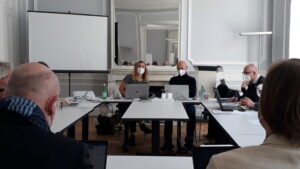
Today’s c:o/re workshop on Interdisciplinary Research in Robotics and AI, organized by Joffrey Becker, insightfully showcased the mutual relevance between scientific and market research, particularly in the concern of design. It convincingly posited that materiality and physical properties are intrinsic to learning. The talks by Samuel Bianchini, Hugo Scurto and Elena Tosi Brandi showed that learning is a matter of designing. We do not make stuff out of nothing. Elena Tosi Brandi explained that “when you design behaviors, you have to put an object in an environment, a context.” Humans appear to notice this by interacting with robots. For example, machine learning processes offer opportunities for humans to reflect on their own learning. Animated (digital) objects acting independently from humans and thus, arguably, having agency, in so many words, make us wonder. Observing relations between software, bodies and non-organic matter places humans in a new position to understand how materiality is intrinsic to knowledge. Director of c:o/re, Stefan Böschen noted that experimental research on robotics is often open-ended, aiming to stimulate innovation in a “what may be” interrogation. To this, Hugo Scurto shared that for him “it is a privilege to be able to do research in a messy way”
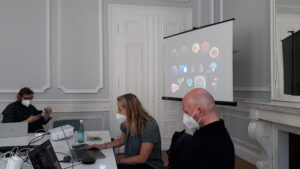
The consideration of the epistemic qualities of material properties urges the reconsideration of Western modern philosophy, which we shall dive into in tomorrow’s workshop, Enlightenment Now, hosted by Steve Fuller and Frederik Stjernfelt. As Steve Fuller already remarked, listening to Elena Tosi Brandi’s work on design, it is possible “that machines and humans might both improve their autonomy through increased interaction. But this will depend on both machines and humans being able to learn in a sufficiently ‘free’ way, regardless of what that means.” If Hume woke up Kant from the dogmatic slumber, it seems that robots can wake us up some more.
Interdisciplinary Research in Robotics and AI
Joffrey Becker and c:o/re RWTH Aachen University are hosting this workshop on April 20th 2022
Interdisciplinary Research in Robotics and AI
This workshop addresses interaction design by focusing on the notion of Behavioral Objects. Based on robotics and artificial intelligence, these non-anthropomorphic, non-zoomorphic objects are endowed with capacities for expressive movement, actions and reactions and are also able to elicit observers’ behavioral interpretations (intentional and emotional attributions). They are therefore of interest to many fields of research like social sciences, humanities, robotics, computer sciences, art and design. The workshop will address the interdisciplinary framework opened by Behavioral Objects and the experimental perspective that brings together and combines these disciplines.
To take part online, please register with events[at]khk.rwth-aachen.de
Program
12:00-02:00pm
The Apprentices: Objects with Interacting Behaviours
Samuel Bianchini (Reflective Interaction Research Group/EndsadLab, École nationale supérieure des Arts Décoratifs, PSL University), Elena Tosi Brandi (Xdlab/Art Directions Nods, Orange), Hugo Scurto (Inserm-Sorbonne Université and ISIR, CNRS Sorbonne-Université and Reflective Interaction Research Group)
The Appprentices is a design research project led by multidisciplinary teams from Orange Innovation and EnsadLab (the laboratory of the École des Arts Décoratifs, Paris). Following an experimental approach that combines human sciences (notably anthropology and cognitive sciences), robotics and computer sciences (machine learning) with digital creation and innovation, this project explores new relational modalities between humans and our robotic environments enhanced by artificial intelligence techniques. If our everyday objects might be empowered with abilities of movement and learning, action and reaction, and a behavioral dimension, how can we design new relationships with these robotic artefacts but also between them? This lunch talk will describe The Appprentices, an instrumental “dispositif” to experiment with such “behavioral objects”, focusing on an original dimension that allows movement and sound to be strongly paired: vibration, vibratory space as a system of communication and interaction. Specifically, the talk will detail the participatory design process that enabled practitioners and researchers from diverse disciplines to collaborate in the prototyping of the dispositif, in an attempt to entangle technical components of these robotic objects with concepts of agency, animacy, learning, and vibration.
Lunch
05:00 – 07:00pm
Behavioral Objects, Agonistic Objects. How and why to design art robotic objects fighting against and for their being conditions?
Samuel Bianchini (Reflective Interaction Research Group/EndsadLab, École nationale supérieure des Arts décoratifs, PSL University)
Created in an artistic context that also belongs to the wider field of robotics, “behavioral objects” are defined by their capacity to express a “personality” thanks to the quality of their movements and their actions and reactions, which are, in this case, regarded as “behaviors.” Non-figurative, these art objects have no need of being useful – their activity does not have a specific function or usage – and they have built-in energy sources that are, generally, not visible, making it impossible to attribute to a third party the energy directly required to make them move, the physical cause of their activity. If their expressive capacities can be provided through the ability to move and interact dynamically with the environment, what kind of interaction could we design to stimulate the attribution of behaviors and even personality? How to build an emotional and reflective relation with this robotics object through an aesthetic dimension in operation? Based on the presentation of several art projects developed in the framework of our Behavioral Objects research and creation project, we propose to consider the design of this objects through an agonistic approach. Even in operation, these objects are still in construction: in a kind of new homeostatic perspective, they are always seeking for their balance. They need to fight for that, against and for their being conditions. Exhibited such objects it is to exhibit this fight. It requires now to configure relations of forces, internal as with the environment. This new kind of settings as to consider aesthetic, symbolic and technical dimensions gathered in real-time operation. It raises the possibility of an agonistic design, a way to set conditions for a sensitive and reflective experience for objects and humans.
Dinner
Enlightenment Now
Steve Fuller, Frederik Stjernfelt and c:o/re are hosting this one-day workshop April 21st 2022
Enlightenment Now
In this seminar, we’d like to draw a line between recent intense research into the intellectual history of the Enlightenment and our present situation. What would Radical Enlightenment mean today? How would a 17-18th century Enlightenment view on our present predicament look like? – given pressing issues of academia today, the fate of the universities, the development of AI, tech, the new West-East cold war, populism, globalization, post/trans humanism, the future of humanity?
To attend online please register with events[at]khk.rwth-aachen.de
Program
10:00-11:00
Free Speech and Enlightenment: Lessons from the World’s First Full Press Freedom
Frederik Stjernfelt (RWTH Aachen/ University of Aalborg Copenhagen)
Abstract
September 14 1770, full press freedom was suddenly declared in Denmark-Norway by king Christian VII and his German favorite, the radical enlightener doctor J.F. Struensee. That signaled the beginning of the dramatic three-year Press Freedom period, effectively kickstarting modern debate in the double kingdom. In the middle of the period, there was a coup, Struensee was decapitated after a mock trial, and Press Freedom was slowly smothered. What can be learned from this strange event of the High Enlightenment?
11:00-12:00
Condorcet’s Predicament- can the democratic republic work?
Jonathan Israel (Institute of Advanced Study, Princeton)
Abstract
Those late Enlightenment figures such as Condorcet, Destutt de Tracy, Paine, Palmer and Barlow and others who had reason to feel profound disappointment and pessimism at the defeat of their plans during the 1790s and opening years of the nineteenth century, apparently nevertheless refused to give up hope of eventual success. But they could hardly avoid a lot of soul-searching and especially asking themselves what are the minimum requirements needed to ensure the stability, viability and survival of a modern democracy. Significantly, all of these tended to see the solution in restructuring, in fact revolutionizing education.
12:00 – 12:15
Coffee Break
12:15-13:15
In Favor of Patterns: Reviving an Enlightenment Ideal
Rens Bod (University of Amsterdam)
Abstract
There are two opposing traditions in the longue durée history of the humanities: one which searches for patterns and regularities (in texts, languages, art, music and the past) and one which rejects any notion of pattern and focuses on the unique and the exceptional. This opposition is found already in 250 BCE between the Analogist school of Alexandria and the Anomalist school of Pergamon and has not disappeared ever since. And yet, there have been periods when the search for patterns, regularities and underlying principles was dominant. The golden period of pattern-seeking was the Enlightenment: patterns were discerned in history by Vico, Condorcet and others, patterns were found in music to build musical grammars by Rameau and Koch among others, and principles were found to underlie languages (De Laet, Hemsterhuis), art (Bellori, Winckelmann) and literature (Boileau, Gottsched), not to speak about the search for patterns and principles in the natural world that has become dominant ever since. Very few of the Enlightenment patterns found in the cultural world have stood the test of time though, but the endeavor to try to understand the world by patterns and underlying principles remains a major feat of the Enlightenment. The opposition between patterns and the exceptional flared up again in the 19th century and arrived at a zenith after WWII with the advent of the Frankfurt School and the postmodern turn. And yet the search for patterns has recently shown a revival in the humanities with the appearance of new disciplines such as digital history, comparative global humanities, environmental humanities and digital humanities. I will show that the return to pattern-searching has also influenced the more traditional humanities disciplines, from philology to art history, and has resulted in a myriad of new discoveries in art, music, literature and history. I will argue that the revival of the Enlightenment ideal of pattern seeking may arguably be the only way for the humanities to survive.
13:15-15:00
Lunch Break
15:00-16:00
Kant Between Swedenborg and Linnaeus: A Fork in the Road to the Enlightenment’s Legacy
Steve Fuller (c:o/re RWTH Aachen/ University of Warwick)
Abstract
I am currently writing a play about a possible but fictional event that would have Kant travel from Königsberg to visit Carolus Linnaeus and Emanuel Swedenborg, who made their reputations in Uppsala. The lives of the three significantly overlapped in time, and Kant was significantly influenced by the two Swedes – to be sure, more positively by Linnaeus than by Swedenborg. However, the three never met. Even Linnaeus and Swedenborg are known to have only met once, namely, when Linnaeus turned over his Stockholm flat to Swedenborg in 1741. Nevertheless, the fictional encounter is significant for marking a fork in the road of the Enlightenment’s legacy, which becomes clearer in the later, ‘critical’ phase of Kant’s career, on which his own reputation as the foundational figure of modern philosophy is based.
My play takes place in 1756, the year after the famous Lisbon earthquake that inspired Voltaire to write Candide and provoked a wide-ranging discussion of theodicy across Europe, epitomized by the question: Do we live in a just world? In that year, Kant was 32, Linnaeus 49 and Swedenborg 68 – each belonging to a different generation. For Kant, Linnaeus was someone who understood the empirical limitations of the ape-like nature of the human condition better than Swedenborg, even though Swedenborg’s more adventurous speculations about the powers of the human mind were often based on a remarkably prescient understanding of the brain’s workings. Kant’s first book, Dreams of a Spirit-Seer (1766) was a comprehensive takedown of Swedenborg, which anticipated his later scepticism about ‘pure reason’.
The play is very much a work in progress, and I plan to discuss the various considerations that the two Swedes might try to bring to bear on Kant, who himself reaches a kind of divided judgement on the matter, which is reflected in his later strong distinction between ‘pure’ and ‘practical’ reason, which effectively has noumenon do double duty in the epistemological and ethical realms.
16:00 – 16:15
Coffee Break
16:15-17:15
The Enlightenment Now: The Human Skeuomorph://Public-Private
Cheryce von Xylander (Leuphana University Lüneburg)
Respondent: Steve Fuller (c:o/re RWTH Aachen/ University of Warwick)
Abstract
This talk about the deep, taken for granted legacy of the Enlightenment, is based on the technological capabilities that were unleashed and largely celebrated in the eighteenth century. Social platforms have migrated discursively from purveyor of a utopian future that would unite users in egalitarian online activity to public enemy that threatens to wreck the democratic cultural order. This trajectory from paragon to pariah has much to teach us about human self-fashioning in the advanced capitalist, neoliberal dreamscape. It should give pause that a service sector that arose from the defence arsenal of the military-industrial complex ever inspired blind faith in its potential to better the human condition. An epistemic prosthetic as powerful as the vast knowledge repository that is the internet will rework cognition. The online industry is forever aggregating digital traces of enacted rationality. This smart techno-habitat systematically conceals what it emphatically re-enacts, namely figuration of the modern user as an aesthetic contrivance conjured in the eighteenth century. I propose to call this enabling latency the human skeuomorph. Skeuomorphism is a concept used by archaeologists to describe aesthetic attributes that outlast their utility in tool evolution. Like other tools in the archaeological record, the human skeuomorph has been subject to material transformations, yet persists as a semiotic undercurrent. The retooling of this apparition in new media will hinge on future interpretations of its Enlightenment past.
17:15 – 17:45
Closing Discussion
Explainable AI – Explanations in AI
We are excited to announce the second c:o/re workshop, “Explainable AI – Explanations in AI”, organized by Markus Pantsar and Frederik Stjernfelt. It will take place on the 2nd and 3rd of February.
Abstract
One important challenge in machine learning is the “black box” problem, in which an
artificial intelligence reaches a result without any humans being able to explain why.
This problem is typically present in deep artificial neural networks, in which the hidden
layers are impenetrable. To tackle this problem, researchers have introduced the notion
of explainable AI (XAI). In this workshop we discuss a variety of approaches to this topic in connection to fundamental questions in artificial intelligence. What are explanations in AI? What do AI systems explain and how? How does AI explanation relate to the topics of human understanding and intelligence?
For information on the program and participating, please see the links below.

